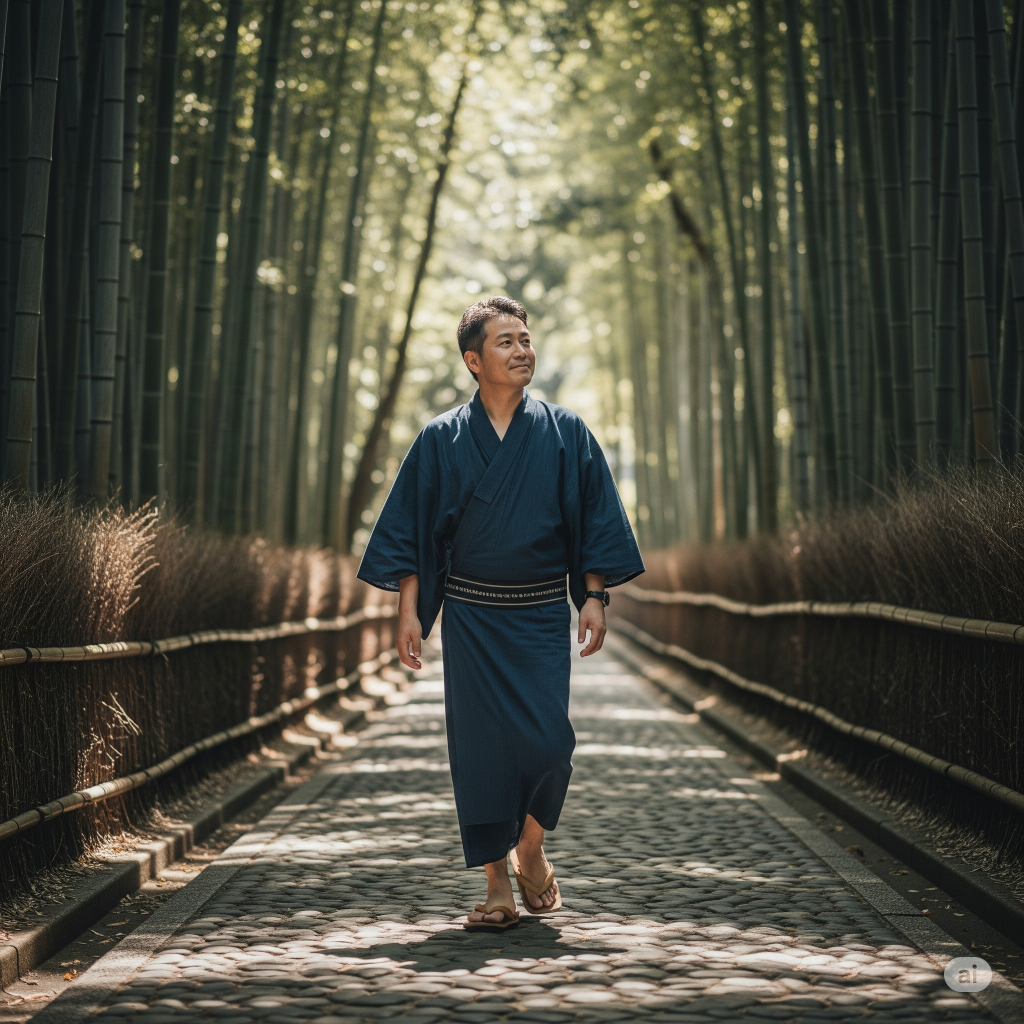A new fitness trend is sweeping TikTok, encouraging users to adopt a walking technique dubbed “Japanese walking.” This method, rooted in nearly two decades of research, promotes high-intensity interval walking as a potent tool for improving health. But what exactly is Japanese walking, and does it live up to the hype?

The concept originates from a 2007 Japanese study, which suggested that alternating between periods of brisk and leisurely walking could be more effective than maintaining a continuous moderate pace. Researchers found this interval approach led to greater reductions in blood pressure and enhanced muscle and aerobic capacity.
While it’s not a miraculous solution, experts like Nancy Salbach from the University of Toronto affirm that this accessible technique can effectively elevate heart rate, leading to increased health benefits. On TikTok, some enthusiasts have even claimed it offers “10 times the benefits” of traditional 10,000-step routines and significantly cuts down workout time.
However, a dose of scientific perspective is warranted. Stephen Cheung, a professor at Brock University, notes that while “Japanese walking” does offer incremental advantages—around five percent more health benefits than regular walking—it won’t drastically increase calorie expenditure. Still, Cheung highlights the method’s “psychological motivation” as a significant plus, encouraging individuals to integrate bursts of faster walking into their daily routines without fixating on precise timings.
Ultimately, the core message remains: any form of walking is beneficial for health. “Japanese walking” presents an engaging way to add variety and intensity to an existing walking regimen, making fitness more dynamic and potentially more rewarding for many.
Leave a Reply